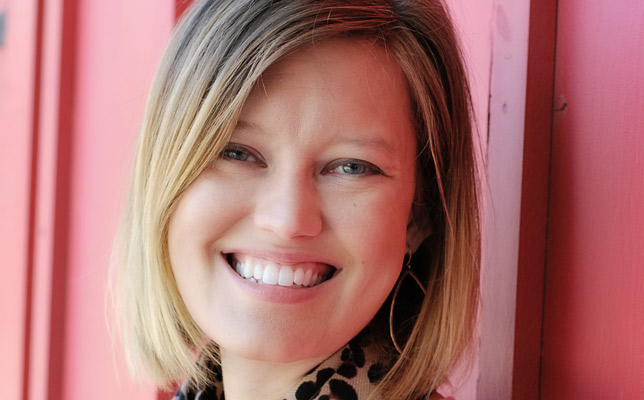This guest post is by Rachel Garlinghouse, an adoptive mother and author.
Our introduction to open adoption was abrupt. Like, really, really abrupt.
One minute, we were on our way to the courthouse to gain custody of our first child, an African American newborn girl, and the next minute, I was talking to the social worker who informed us that our daughter’s birth mother wanted to meet after all.
We wouldn’t have more than a few minutes to prepare for the meeting, because we were scheduled for court in a half hour. We arrived at the court house, climbed two flights of stairs, and walked into a large waiting room where we immediately spotted the social worker, birth parent counselor, and the woman who had to be our daughter’s birth mom.

The door to open adoption was thrown wide open.
Here we are, a decade later with four open adoptions. And yes, we’ve learned a thing or two about parents can best prepare for and navigate this interesting journey.
First, you should know that open adoption is a relationship. And most relationships have their complexities. This is exactly why I share with others that open adoption is both beautiful and complex. What open adoption is not: easy or simple. This doesn’t mean you should shy away from choosing openness; however, it does mean you should go into it knowing that anything worthy is going to be work.
Second, you should know that open adoption should always, always be focused on what is best for the child. The adults in the situation have many things at their disposal, including maturity, experience, and the ability to invite in professional interventions when needed. But children? They are vulnerable sponges, soaking up what we pour into them. So with every open adoption decision, the adults should ask, what is best for the child?
Third, open adoption requires commitment. Again, like any good relationship, the one between the adoption triad members (that’s the adoptive family, birth family, and child, the adoptee) is going to mean everyone has to “pitch in” and do their part. Otherwise, if the weight falls too heavily on one person, there’s an imbalance that builds resentment. This doesn’t mean everything always has to be perfectly even, but it does mean that all parties are committed and participating to the best of their ability.
Fourth, open adoption means being flexible. Things change. People change. All those involved in the relationship need to learn to “bend with the wind” and accept changes. And perhaps not only accept changes, but embrace them. This is real life, after all, and real life can be messy and complicated. A commitment to the relationship and to flexibility means the relationship can withstand any proverbial storms that blow its way.
Fifth, know your place. I mean that seriously and kindly. As the adoptive parents, you are your child’s second (or sometimes even third or fourth, if your child was adopted from foster care or via international adoption) set of parents. The child will always, always have a biological connection to his or her birth parents, no matter how open the adoption is or is not. Your status as your child’s mom or dad is important and authentic, as is your child’s biological parents’ “status” in the child’s life.
Finally, open adoption takes guts. You have to be courageous to embark on this journey. Because the adoption itself began with loss and that loss will always exist. What comes after it is up to those involved. This means facing emotions head-on, embracing each other’s pain, and staying committed to doing what’s best for the adoptee.
Parents can prepare for an open adoption relationship by reading books, blog posts, and articles, by attending adoption conferences, by forming relationships with other families in open adoptions, and by speaking with adoptees who have been part of open adoptions. Adoptive parents should also seek professional help in overcoming personal relationship struggles, particularly because an open adoption relationship, whether completely open or even completely closed, means always having a connection to the child’s biological family.
Above all, parents can prepare by establishing a lifelong belief in the power of empathy. When you have empathy for your child’s biological family and empathy for your child, healing and unity can happen.
Rachel Garlinghouse is the author of six books, including The Hopeful Mom’s Guide to Adoption: The Wit and Wisdom You Need for the Journey. For over a decade, Rachel has been speaking and writing about adoption, stemming from her experiences as a mom of four children, all of whom were adopted domestically, transracially, and via open adoptions. You can visit her blog to read more about her family’s adventures, or reach out via Facebook, Twitter, Pinterest, or Instagram.
Do you have an adoption story to share? Email us any time or find out more about how to share it with our community.
Help us remove the stigma surrounding open adoption. Like us on Facebook
